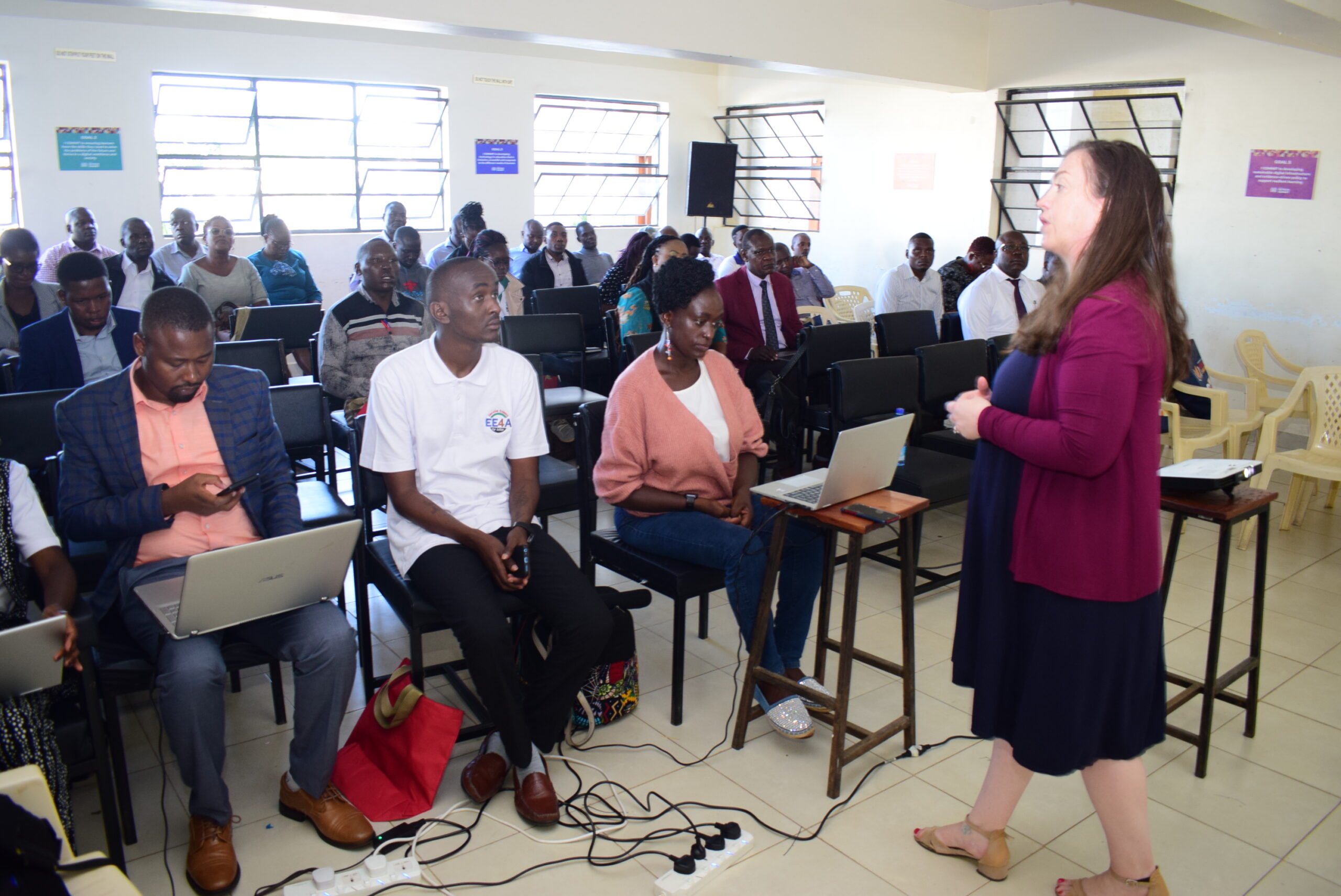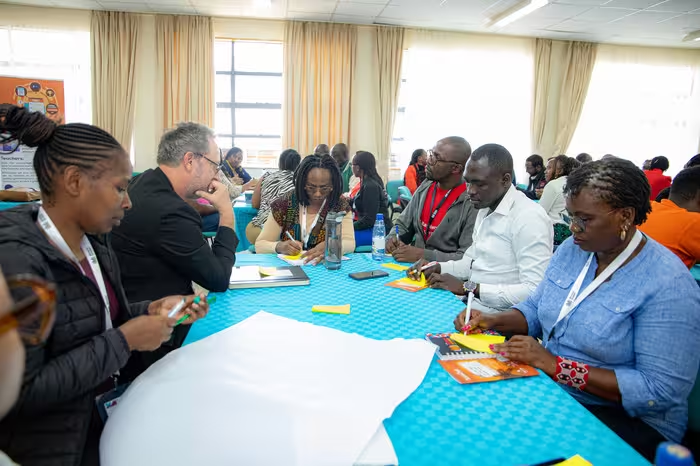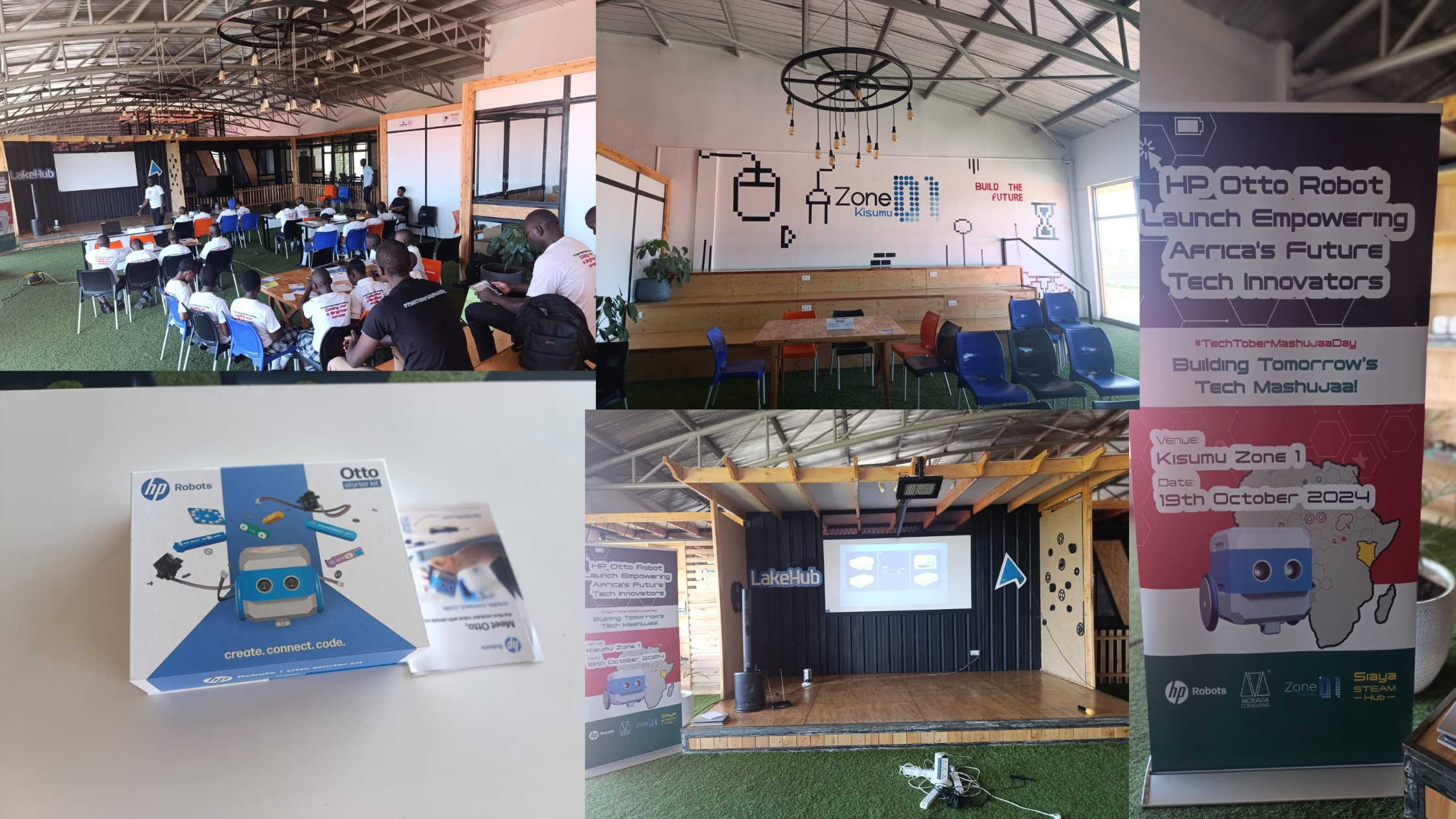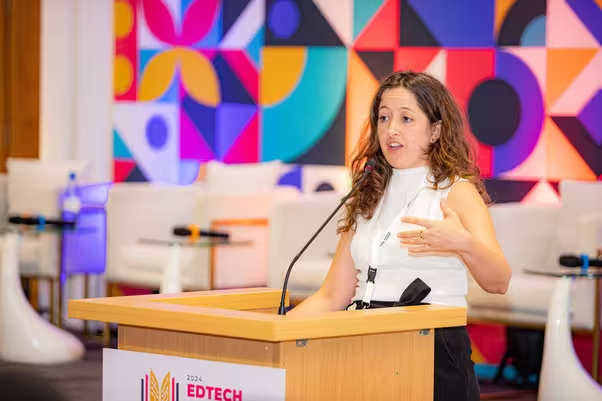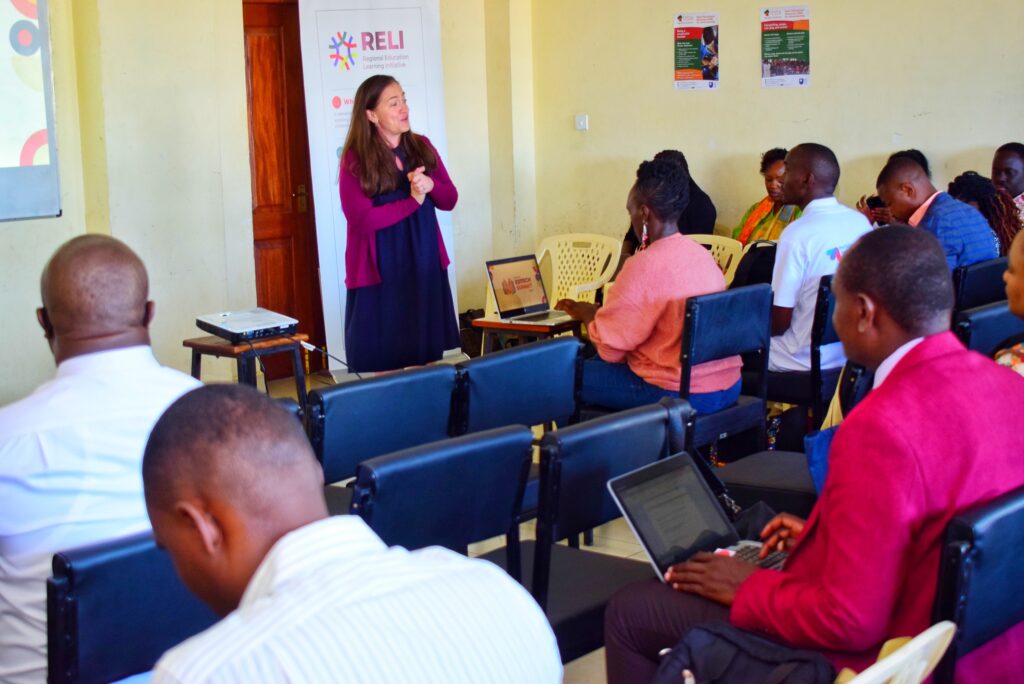
EdTech East Africa, spearheaded by visionary co-founder and CEO Jennifer Cotter-Otieno, is not just an organization. It is a movement, a vibrant ecosystem of stakeholders working together to reshape the educational landscape through technology.
From a humble beginning as EdTech Nairobi, this powerhouse has grown to over 4,000 members, united by a common goal: inclusive, evidence-driven technology use in education. Their reach goes beyond the city limits, thanks to partners who share their passion. The summit in Western Kenya exemplifies their commitment to building a truly inclusive movement.
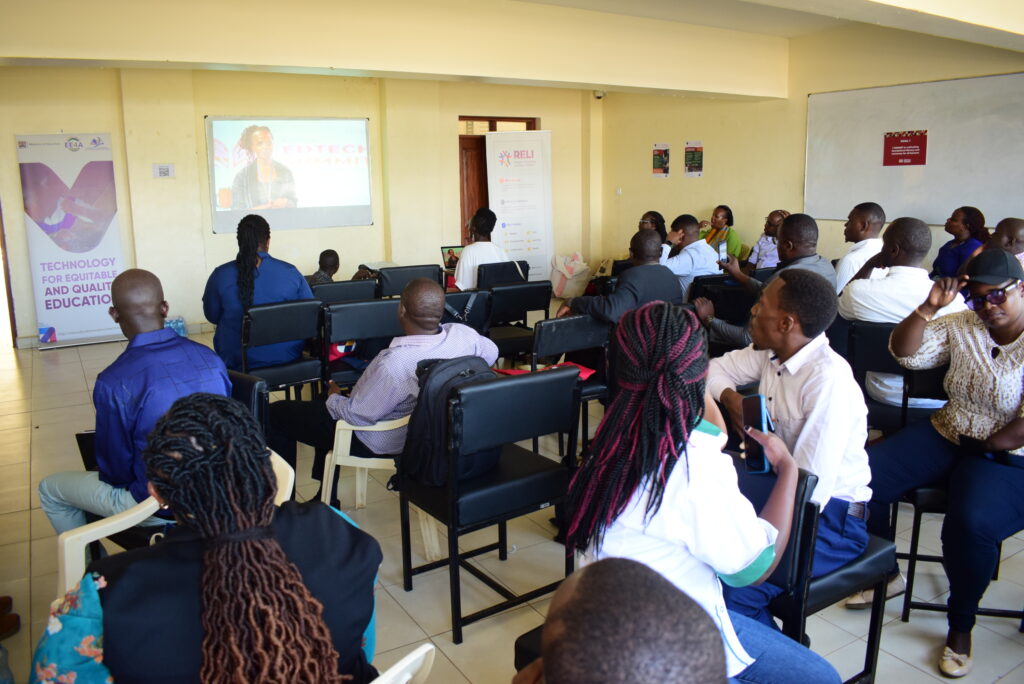
The goals of EdTech Conversations are clear and ambitious:
● Coordinated action: Ensure technology in education is used inclusively and effectively.
● Transparency and clarity: bridge the communication gap between diverse stakeholders.
● Action, not just talk: drive policies, practices, and real-world impact.
This isn’t a one-off event. EdTech Conversations have been ongoing for two years, attracting more voices and evidence with each session. It’s about building a collective narrative—a tapestry woven from diverse experiences and perspectives.
Who attends?
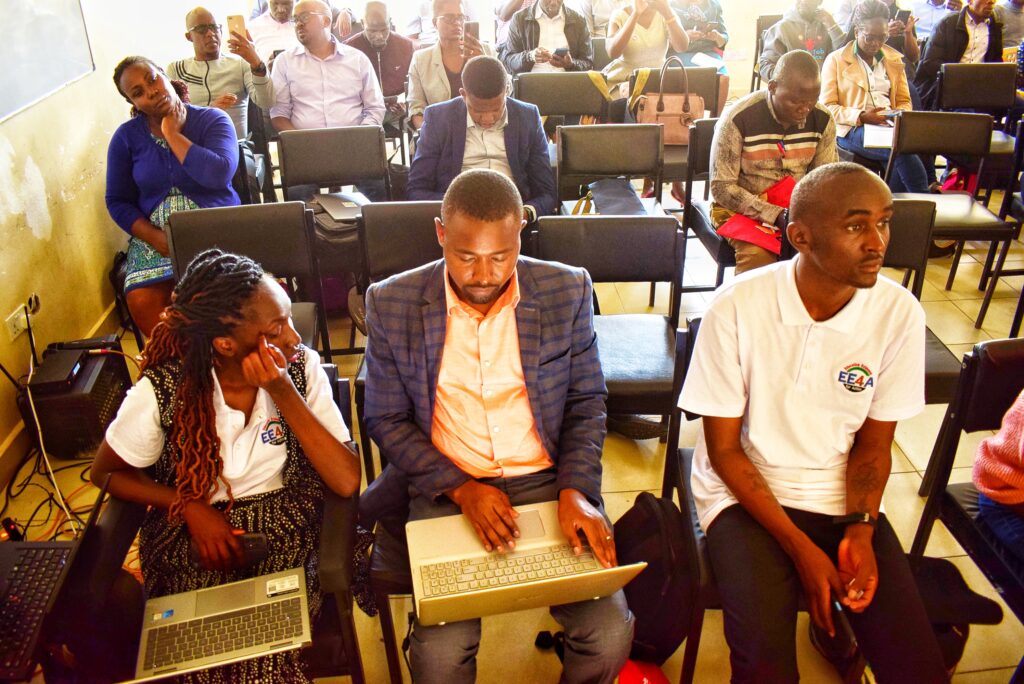
The Western Kenya EdTech Summit, hosted at Tom Mboya University in Homabay, was a microcosm of the movement itself. From product developers to community educators, from research scientists to digital infrastructure builders, everyone with a stake in education’s future was present. It was a powerful reminder that change requires a village.
The event was not just about sharing stories. Dr. Manos Antonios’s presentation of the 2023 Global Education Monitoring Report on Technology and Education offered a critical look at this evolving field. Key takeaways?
● Scale and Scope of Technology: Despite significant deployment in higher education, technology has yet to transform primary and secondary education. Only one in ten students use digital devices regularly in classrooms.
● Rapid Change and Lack of Evidence: Education technology products change rapidly, approximately every three years. This pace outstrips the ability of research to keep up. In the UK, only 7% of products have undergone rigorous testing. In the US, only 2% of apps in the government clearinghouse have evidence of a moderate or high impact on learning. Despite the lack of evidence, technology adoption continues at a rapid pace, with technology providers generating much of the available evidence.
● Impact on Learning: The impact of technology on learning is best described as context-dependent. Some educational technologies improve some types of learning in some contexts. Broader societal issues related to equity and equality should inform decisions on the use of technology in education.
● Human-Centered Vision of Education: Technology in education should put the best interests of learners and teachers at the center. The suitability and value of these tools need to be proven concerning a human-centered vision of education. It’s important to consider who these tools might leave behind.
Dr. Antonios also shared a four-point compass that his team had developed for education policymakers:
● Look Down: Assess if the technology is appropriate to your context and learning needs.
● Look Back: Ensure focus on the marginalized.
● Look Up: Consider whether your choices are scalable.
● Look Forward: Plan to support a vision for sustainable development in the future.
Western Kenya Grassroot Education Technology Case Studies
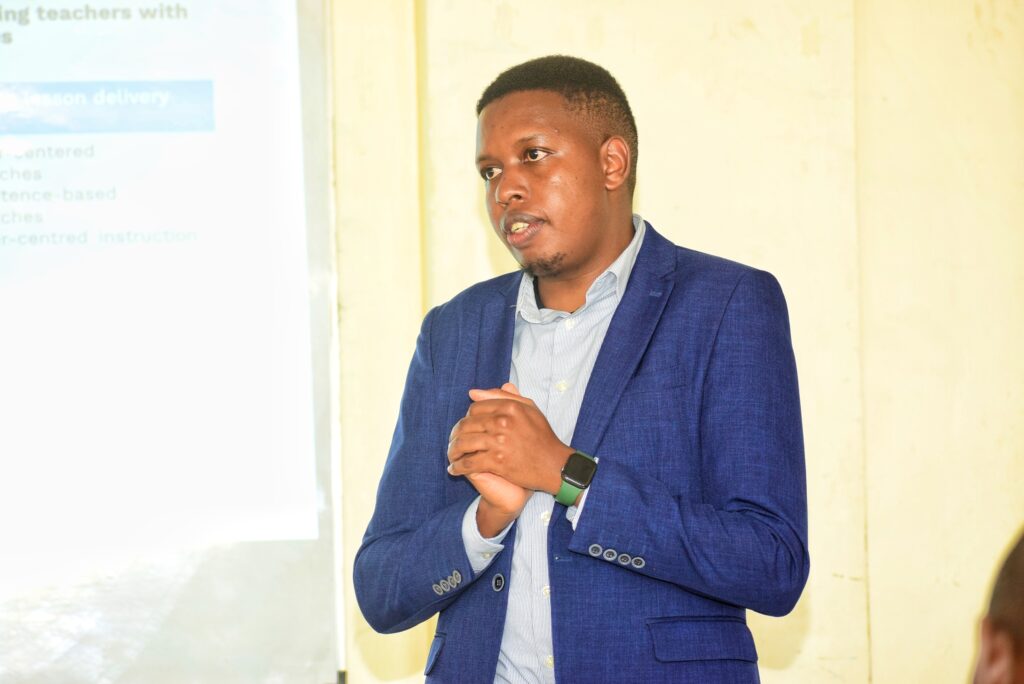
Angaza Elimu
Mr. Kiko Muuo, CEO of Angaza Elimu, provided demonstrable proof of the potential in the case study he presented. His pilot project in GIGA schools demonstrated the effectiveness of personalized learning and teaching. Angaza Elimu, a digital tool, boosted student engagement and performance, with boys showing higher adoption and improvement in science and social studies.
● Angaza Elimu: It proved to be an effective tool for facilitating student engagement inside and outside the classroom, with measurable improvements in student performance over its usage period.
● Gender Differences: Across almost all schools, boys had higher levels of engagement and adoption of Angaza Elimu and outperformed girls.
● Subject Performance: Science and social studies were the subjects where Angaza Elimu facilitated the highest increases in student performance.
● Teacher Upskilling: Teachers require upskilling that builds digital literacy as well as learning greater digital pedagogy principles. Increased digital competency among teachers and access to digital tools enhance the capacity of teachers to adapt teaching methods to deliver the national curriculum.
Challenges remain:
● Internet Access: Consistent access to the Internet remains a key challenge for the adoption of digital learning and teaching in schools.
● Device Availability: There is a lack of enough devices, with a best-case scenario of a 1:2 device-to-student ratio per class in each school. This leads to the significant challenge of device scrambling.
● Teacher Training: There is a strong need for ad hoc and ongoing in-person teacher training components that build teachers’ comfort and confidence to utilize digital tools.
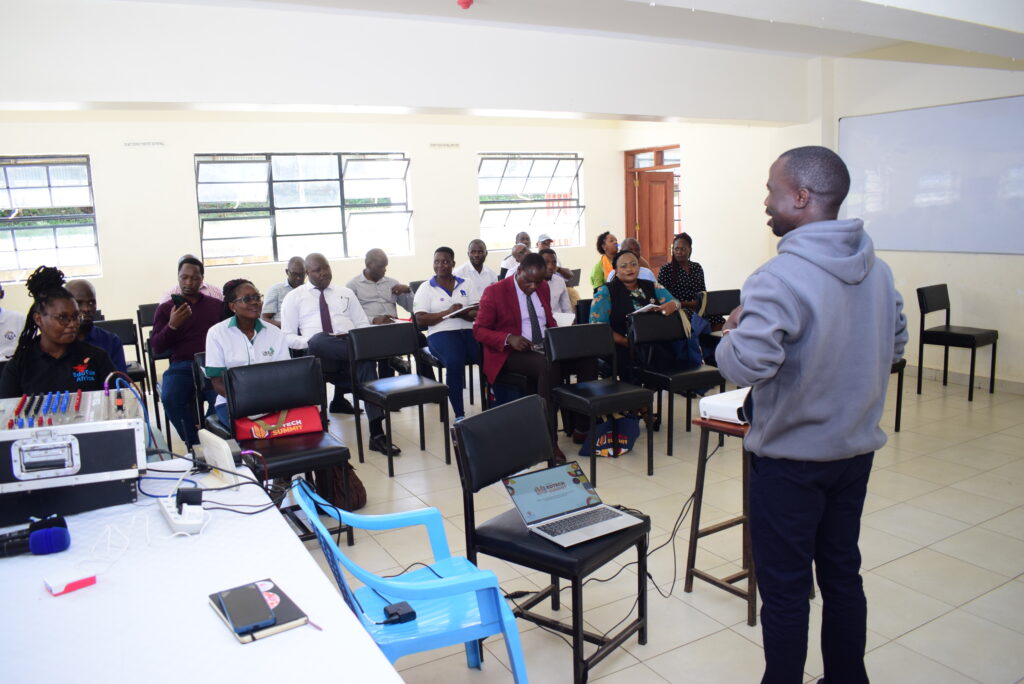
Edutab Africa
Mr. Mike Mumbo, the CEO and Founder of Edutab Africa, presented the second case study. It clearly showed the importance of teamwork by stakeholders for rural learning. In two remote Trans Nzoia schools, Edutab Africa is using Moodle to provide offline digital education, transforming how teachers use technology and integrate playful learning. This ongoing collaboration with local NGOs, schools, and the Ministry of Education highlights the crucial role of partnerships in empowering rural communities.
Collective Action Goals Workshop

The participants in particular gave careful consideration to the collective action objectives under Joan Mwachi’s leadership at EdTech East Africa. From the workshop, it was clear that education today faces a critical turning point. A coordinated effort with specific objectives that prioritize inclusivity, innovation, and empowerment is necessary to prepare students for the opportunities and challenges of the future. The five EDTech East Africa collective goals are very clear and specific:
- 1. Building the foundations: Literacy and numeracy aren’t relics of the past; they’re the pillars upon which future skills are built. Ensuring every learner, regardless of background or circumstance, grasps these core competencies is paramount. The key is to use a shared measurement system, using tools like EGra and EGma to assess literacy and numeracy skills across different programs
- 2. Future-Proofing Skills: The world of work is evolving at breakneck speed. It was clear to all that learners should be equipped with the critical thinking, collaboration, and digital fluency they need to solve problems, adapt to change, and navigate the complexities of a digital future.
- 3. Technology for All: Technology can be a powerful equalizer, but only if it is designed for inclusivity and accessibility. From diverse content to user interfaces that cater to different learning styles, we must ensure technology serves every learner, not only a select few.
- 4. Empowering the Frontlines: Teachers, school leaders, parents, and caregivers are the closest allies of learners on their educational journey. By strengthening their capacity to create data-driven, inclusive, and engaging digital learning experiences, we empower them to guide and inspire.
- 5. Building a Resilient Ecosystem: Sustainable digital infrastructure, reliable connectivity, and evidence-based policies are the bedrock of a resilient learning environment. Investments in these areas ensure everyone has equal access to quality digital education, no matter where they learn.
On the last goal, the participants were introduced to the ICT integration model, a framework for government-private sector collaboration to ensure equity, quality, and research in technology-enabled education.
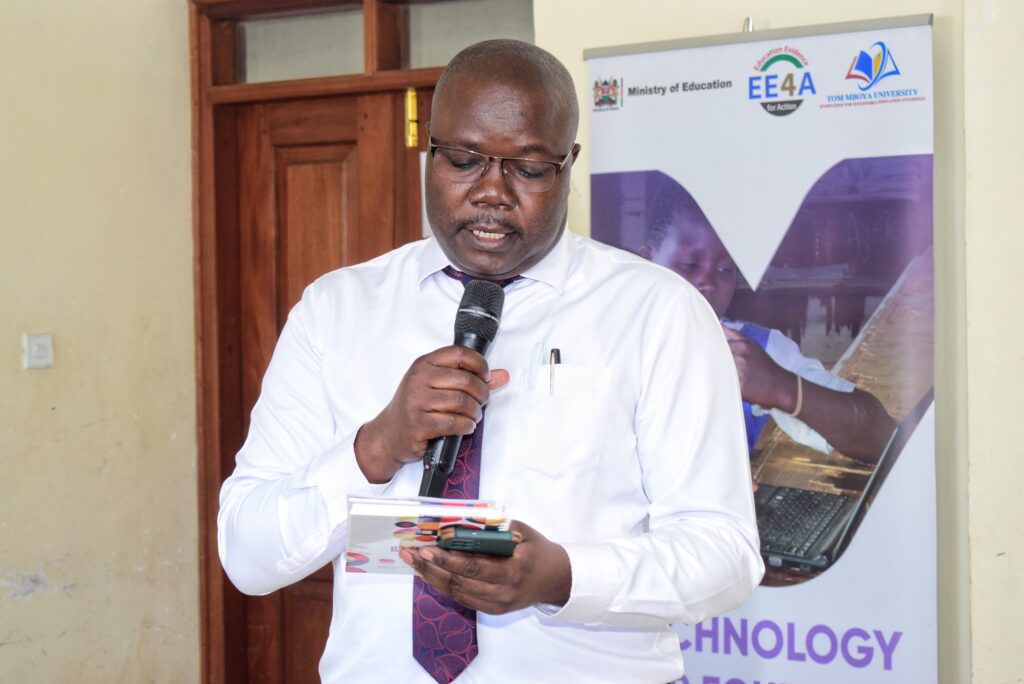
Conclusion
EdTech East Africa is taking the conversations to the grassroots, and the Western Kenya Summit was just the beginning of an exciting journey. Expect more summits in different parts of Kenya, spearheaded by EdTech East Africa. The future of education looks brighter than ever.
